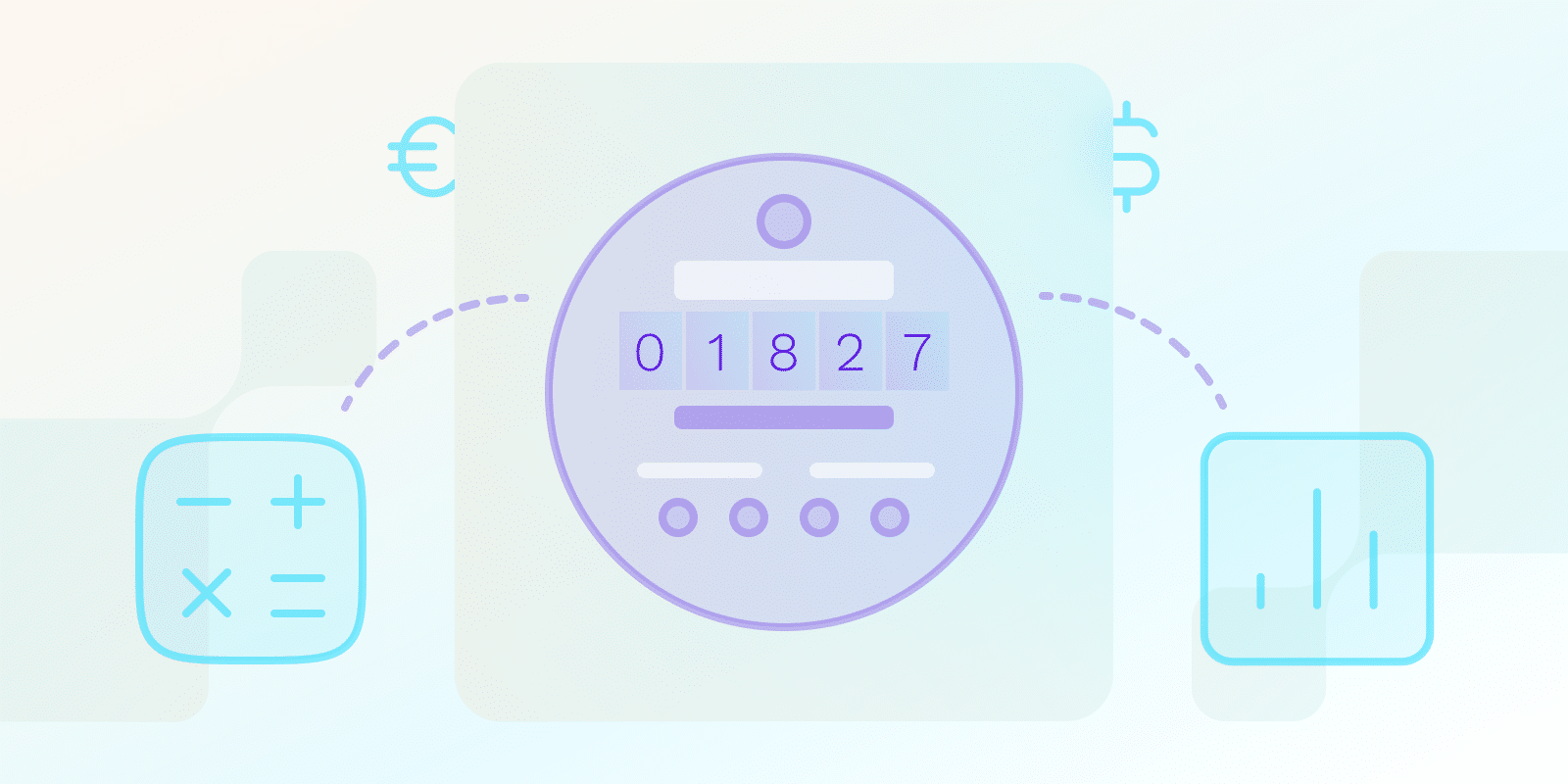Revenue Models
What is the SaaS Usage-Based Model?

What is the key difference between a usage-based and a consumption-based pricing model?
Usage-based and consumption-based pricing models refer to effectively the same thing, specifically the approach to charge users considering how much they use a product.
The terms are used interchangeably, expressing a customer’s usage behavior within the software.
How can a SaaS company determine the appropriate usage metrics for a usage-based pricing model?
To determine the right metrics for a SaaS product using the usage-based pricing model, businesses need to:
- Match metrics with value: Choose the metrics that adequately display the value your users obtain as a result of using your product.
- Effort: It’s relevant to select metrics that are simple to track to ensure ongoing evaluation.
- Flexibility: The metrics you will track should rank based on usage levels. This allows you to implement tiered pricing.
What are the advantages and disadvantages of implementing a consumption-based pricing model for SaaS products?
Consumption-based models present both pros and cons to SaaS businesses, which include:
Advantages
- Matches value delivery and product price.
- SaaS businesses can respond to different usage requirements.
Disadvantages
- Consumption-based models are less predictable in comparison with traditional subscription tiers.
- Building and maintaining consumption-based revenue models can be a more elaborate process.
Provide your users with information and tools to monitor their product usage and allow them to estimate costs.
How does a freemium model differ from a tiered subscription model in terms of revenue generation?
Here is how the freemium model differs from tiered subscription pricing when it comes to generating revenue:
- Freemium Models: Users are given access to a basic version of the software for free. The goal of this revenue model is to widen the user base and ultimately convince as many customers as possible to switch to higher-priced plans. In this case, the amount of revenue generated is reliant on the effectiveness of the conversion strategies employed.
- Tiered Subscription Pricing: SaaS businesses provide potential customers with multiple plans to choose from that differ in terms of usage levels, price points, and features. In this pricing strategy, revenue generation is more predictable, as it depends on the required upfront subscription fee.
| Aspect | Freemium Model | Tiered Subscription Model |
|---|---|---|
| Access Structure | ||
| User Entry Point | Free basic version | Paid plans with varying features |
| Feature Access | Limited free features | Full features based on plan level |
| Revenue Generation | ||
| Revenue Predictability | Dependent on conversion strategy | More predictable upfront |
| Conversion Mechanism | Upgrade to premium features | Choose appropriate plan tier |
| Business Strategy | ||
| Primary Goal | Expand user base | Immediate revenue generation |
| Market Approach | Lower entry barrier | Clear value proposition |
You can always select a hybrid model that combines consumption-based principles with a regular subscription fee for basic features.
When should a SaaS company consider transitioning from a perpetual licensing model to a subscription-based model?
Here are three situations in which SaaS companies should consider switching from perpetual licensing to the subscription-based model:
- You are looking to obtain more predictable revenue streams.
- The majority of your competitors are already employing the subscription model.
- You are regularly performing software updates.
Conclusion
In the SaaS (software-as-a-service), usage-based pricing models are gaining popularity. This is mostly because they align customer value delivery with flexibility.
However, to ensure effective implementation of this model, it is relevant to have a solid understanding of your software and your users’ usage bahaviours.
This will help you create appropriate tiers and identify the right metrics to evaluate pricing performance.